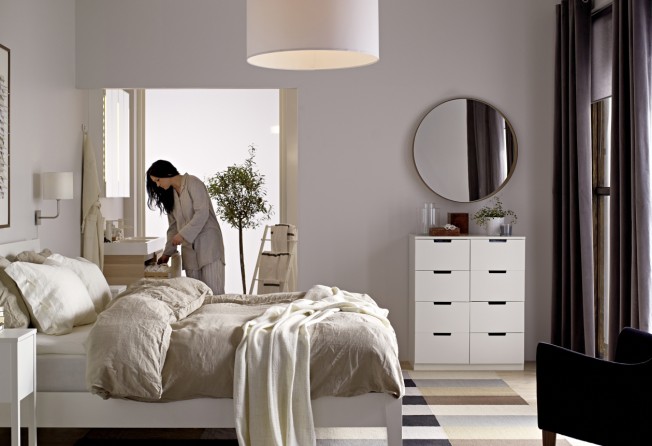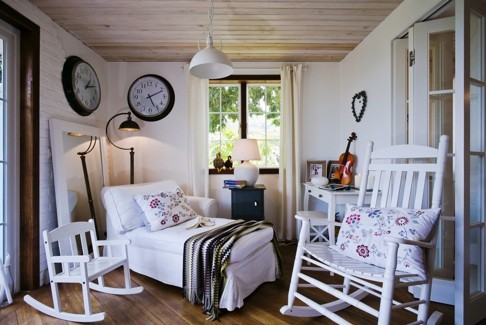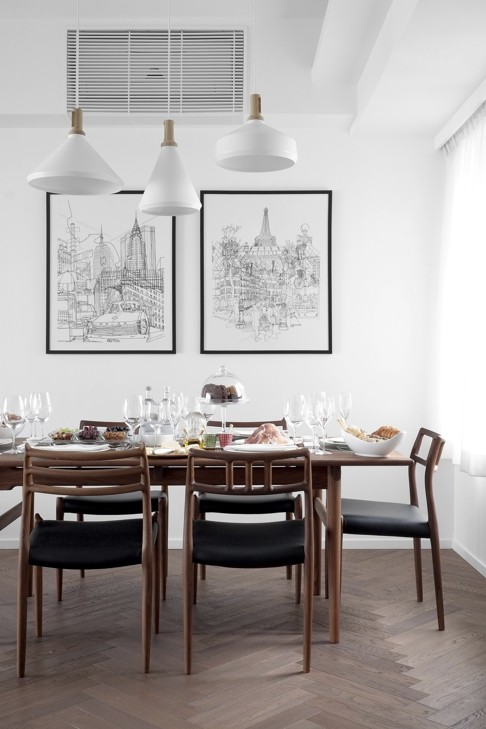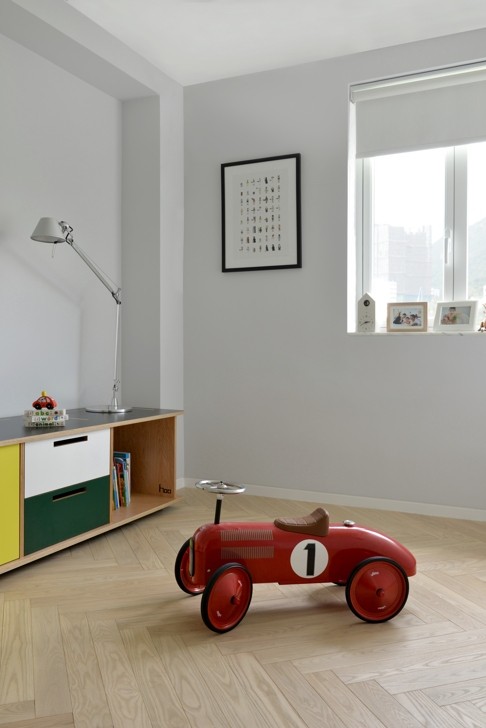Why Scandinavian minimalism is perfect for compact Hong Kong living
With its clean lines and practical focus, Nordic design has conquered the world – including in Hong Kong, whose small apartments can really benefit from the simple aesthetic

Kivik. Hemnes. Ektorp. Even if you aren’t sure what these funny-sounding words mean, they’re probably familiar to you. That’s because they’re the names of sofas and bookshelves from Ikea.
But did you know that the Swedish company names many of its products after locations in Northern Europe as a nod to its Nordic heritage? And that the blue and yellow logo was inspired by the Swedish flag?
It’s easy to forget how much Scandinavian design has influenced the furniture market worldwide, from America to China. Thanks to modern mass retailers, including Ikea, clean lines and starkly simple silhouettes are so popular that they’ve become mainstream.
But what is Scandinavian design? Why did it become one of the go-to design styles in the developed world? And are we doing it right?
Let’s start with the basics. The style emerged in the 1950s as part of a modern movement in Nordic design (i.e. Sweden, Denmark, Norway, Finland and Iceland) that prioritised function and affordability over preciousness and luxury. Marked by pale colours, natural materials and lean, leggy furniture, the aesthetic was largely a response to the region’s short days and long winters, which called for bright, practical interiors.
These days, it’s a favourite among minimalists, who tout its influence on the mid-century modern movement and praise its lack of fuss. As such, the aesthetic seems particularly trendy at those times each year when people resolve to declutter.
While there’s a great deal of overlap between Scandinavian and mid-century modern design, the biggest differences can be found in the lighting and colour palette. Mid-century modern interiors tend to explore darker hues and work just fine in low light, whereas Scandinavian interiors aim to maximise lightness in a room.

“It’s as much a lifestyle as it is a look,” says interior designer Rachel Dougan, who owns ViVi Interiors in Washington. “It’s disciplined. Swedish benches, for example, have longer legs. And I think to myself, how easy would it be to store stuff underneath there? But Swedish design has no place for clutter because clutter ruins the lines. It begs to be left alone so that air and light can circulate through it. It’s aspirational.”
This clean, minimalist look is important to YC Chen, of Hong Kong-based interior design firm Hoo. “Because of limited space here, we are always forced to keep the design as simple as possible,” he says. Scandinavian and mid-century design is the perfect solution for people who wish to live minimally but who want to inject some warmth into their home interiors.
“Both are clean and simple, but detailed,” he says, adding that the look appeals because “it is human – it feels cosy and you can mix and match easily with favourite pieces of furniture, lamps, or your own plants and accessories”.
Where mid-century designs may feel more mature and sophisticated, he adds, Scandinavian interiors allow a younger, more casual feel by introducing bright colours, which often suits being paired with minimalist kit or mixed and matched.

Don’t be intimidated, though. The style doesn’t have to be adopted in full – it works well with industrial and farmhouse pieces – and for the most part, the furniture isn’t as delicate as it looks.
Loi Thai, who owns the Swedish antiques shop Tone on Tone in Bethesda, Maryland, says most Scandinavian furniture is quite rugged and will stand the test of time.
The appetite for modern, minimalist design can be felt even in more traditional places, Thai says, where people shy away from big, heavy sets of furniture. “The thing about Swedish furniture is that it has a lot of classic elements, there’s so much history there,” he says, “but it lends itself easily to a modern interior because it’s very edited.”
Magazines and design blogs tend to make Scandinavian design look impossibly neat and expensive. Pictures show whitewashed walls, natural wood floors, dramatic pendant chandeliers and rooms flooded with light. These interpretations aren’t always realistic, so if you’re looking to work the aesthetic in your own home, just remember that it’s high on function, low on fuss.
“The dining room is a great place to start,” Thai says. “One by one, swap out heavy dining chairs for light ones and mix a variety of colours and materials. It will feel inviting and personal.”

To fill in the gaps of a mix-and-match look, try Ikea’s birch-legged Leifarne chairs or World Market’s Paige square-back dining chairs, which Dougan likes.
As for tables, Ikea makes a basic, extendable wood table called the Norden that can be paired with just about any chair from around the house.
In living spaces, avoid large, dark rugs and wall-to-wall bookshelves, and instead spring for a pale handwoven mat, such as one from Safavieh’s Rag collection (see www.overstock.com), and a few large potted fig trees. Accessories should be few and purposeful: copper light fixtures and large mirrors to bounce light around the room, rainbow-coloured candleholders for a small, bold accent, and clusters of pop art on the walls.
Consider introducing some high-contrast masculine elements to keep the room from looking overly feminine, Dougan advises.
“This look has a lot of pastels,” she says, so add some contrasting elements, such as a raw wood coffee table or industrial metal pendant lamp, or even a metallic piece, such as a heavy gold clock. And of course, restraint and balance are crucial. One of the most common mistakes newbies make when decorating with a Scandinavian look in mind is going overboard.
“Swedish furniture is very leggy,” Dougan says. “If you aren’t careful, your whole living room will look like it’s full of twigs.”
The Washington Post
Additional reporting by Charmaine Chan